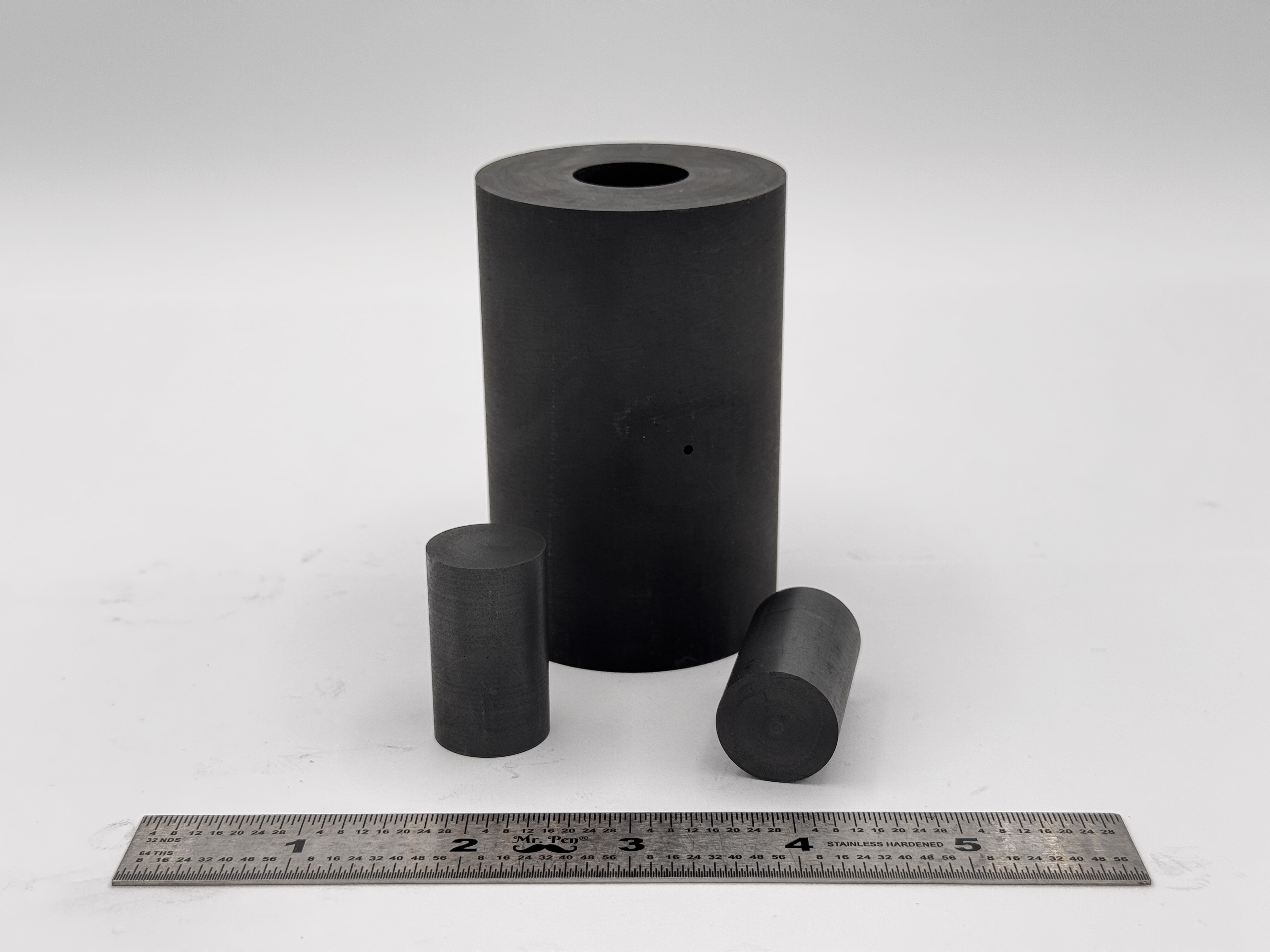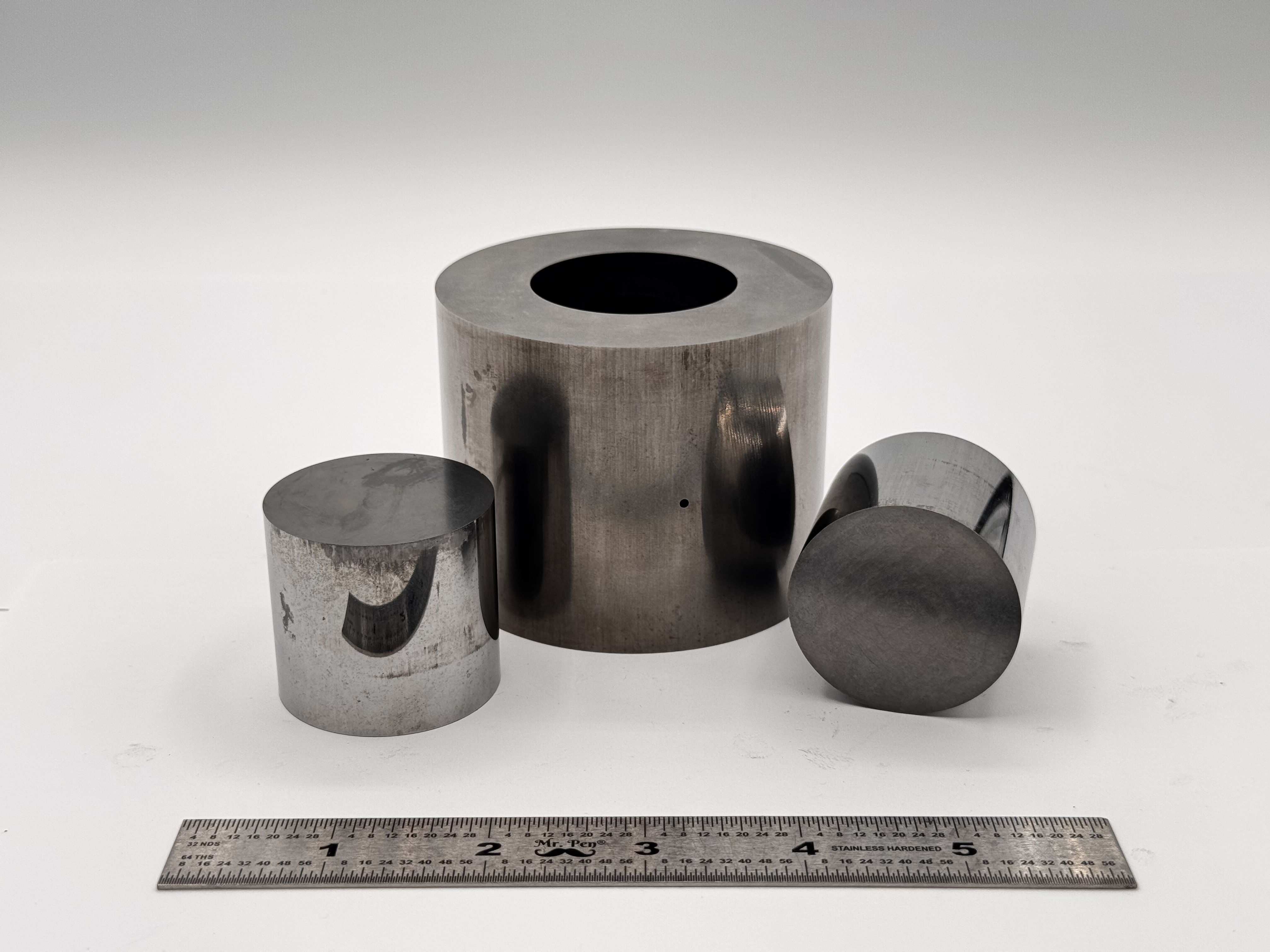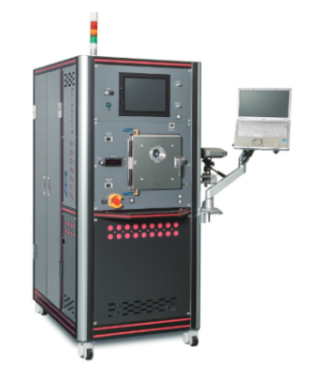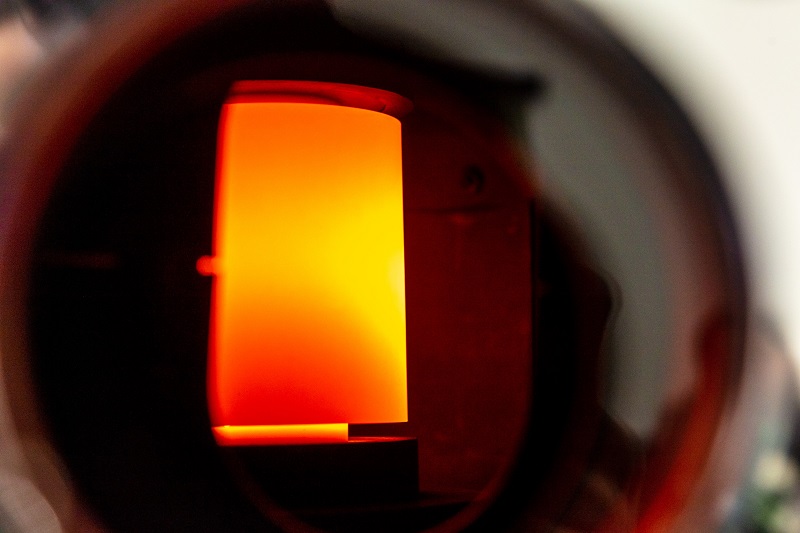Understanding Planetary Ball Milling and Its Industrial Applications
Planetary ball milling is a high-energy grinding technique widely used in materials science, chemistry, metallurgy, and nanotechnology. Known for its ability to reduce materials to extremely fine particle sizes, this process plays a critical role in modern research and production. Whether for synthesizing advanced materials or achieving ultra-fine powders, planetary ball milling is a versatile and efficient tool.
What Is Planetary Ball Milling?
A planetary ball mill consists of one or more grinding jars positioned on a rotating disk. Each jar rotates on its own axis while also orbiting around the central axis of the disk. This dual motion—similar to how planets orbit the sun—generates extremely high centrifugal forces. As the grinding balls within the jars are accelerated, they impact the material with great energy, leading to rapid size reduction, mixing, or mechanical transformation.
Key Advantages
- Capable of producing nanoparticles and nano-composites
- High impact energy for efficient grinding
- Suitable for wet or dry processing
- Effective for blending, mixing, and alloying
- Ideal for laboratory and small-scale research environments
Applications and How It’s Used
1. Nanopowder Production
Planetary ball mills are extensively used to grind materials into nanoparticles. Bulk powders, such as metals or oxides, are placed in the mill with grinding balls. The repeated collisions cause the particles to fracture into nanoscale sizes. Particle size can be tuned by adjusting factors like milling time, speed, and ball size.
Example: Titanium dioxide (TiO₂) can be milled into nanopowders for use in sunscreens or photocatalytic coatings.
2. Mechanical Alloying
This solid-state process allows the formation of alloys without melting. Metal powders are milled together, and repeated fracturing and cold welding result in a homogeneous alloy at the atomic level. It is especially useful for combining materials that are difficult to alloy by conventional methods.
Example: Iron and chromium powders can be alloyed to create stainless steel variants with tailored properties.
3. Ceramic Synthesis
Fine ceramic powders are prepared using planetary milling to enhance reactivity and reduce sintering temperatures. Milling also enables uniform doping and dispersion of additives, critical for achieving consistent ceramic properties.
Example: Alumina and zirconia powders are milled together to produce toughened ceramics for structural applications.
4. Composite Material Preparation
The technique is effective for blending dissimilar materials into a homogenous composite. This is useful when combining metals with polymers or ceramics, ensuring uniform distribution and optimized composite properties.
Example: Graphite and metal powders are blended to create self-lubricating components used in machinery.
5. Solid-State Chemical Synthesis
In chemical applications, planetary ball milling can drive reactions without the need for solvents, making it a cleaner, more sustainable process. The energy input helps overcome reaction barriers, allowing the synthesis of advanced materials under mild conditions.
Example: Metal-organic frameworks (MOFs) and battery electrode materials can be synthesized via solid-state milling.
6. Homogenization of Mixtures
The process is ideal for achieving consistent dispersion of ingredients in powder mixtures. This ensures uniformity in performance or chemical composition, which is especially important in pharmaceuticals and catalyst preparation.
Example: Milling multiple oxides together ensures an even distribution for a lithium-ion battery cathode material.
Conclusion
Planetary ball milling is a powerful and flexible technique that supports a wide range of applications in material development and manufacturing. From producing nanoparticles to enabling novel chemical synthesis, this process has become a cornerstone of modern material science. Its ability to deliver fine control over particle size, composition, and homogeneity makes it indispensable in both research and industry.
 High Strength SPS Graphite Tooling
High Strength SPS Graphite Tooling Tungsten Carbide Tooling
Tungsten Carbide Tooling Carbon Graphite Foil / Paper
Carbon Graphite Foil / Paper Carbon Felt and Yarn
Carbon Felt and Yarn Spark Plasma Sintering Systems
Spark Plasma Sintering Systems SPS/FAST Modeling Software
SPS/FAST Modeling Software